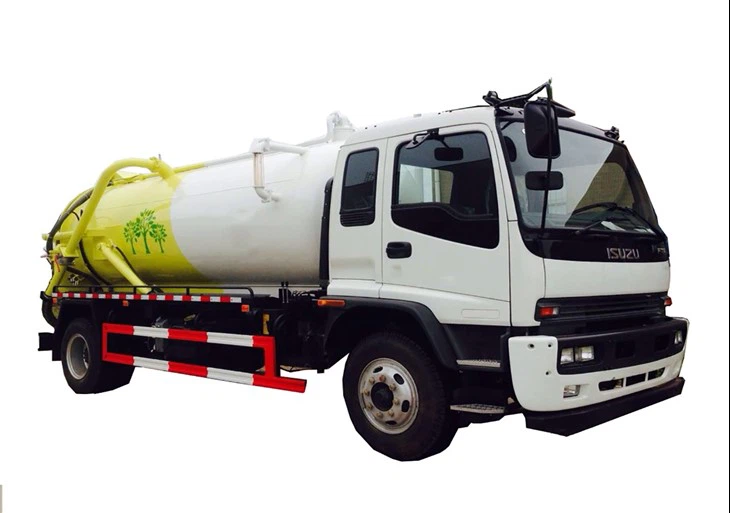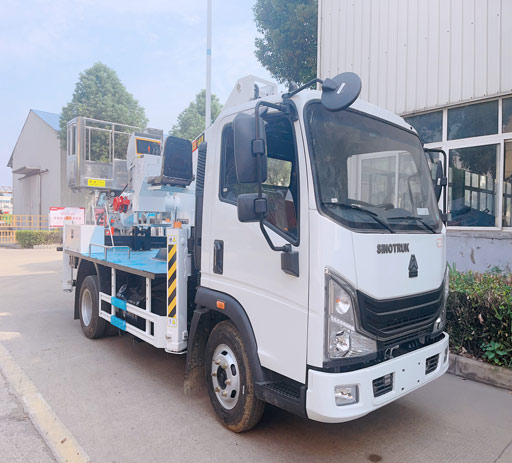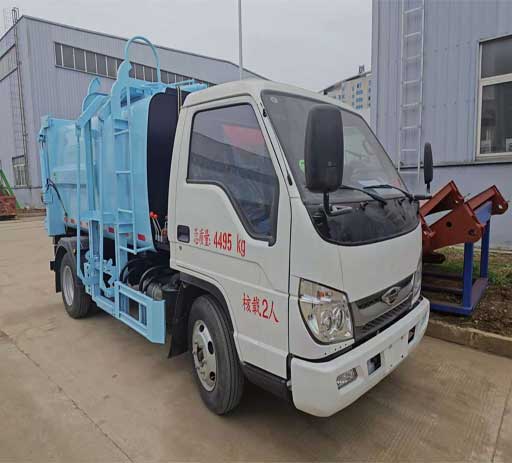Freightliner Pickups: The Ultimate Guide

Freightliner pickups represent a unique blend of utility, performance, and style within the pickup truck market. This article explores the features, benefits, and considerations of Freightliner pickups, catering to both potential buyers and enthusiasts. Whether you’re looking for a reliable work truck or a vehicle for personal use, Freightliner’s offerings are worth your attention.
Understanding Freightliner Pickup Trucks
Freightliner is widely recognized in the commercial trucking industry, primarily for its heavy-duty trucks. However, the brand also offers pickups that are designed to deliver performance and endurance for both personal and commercial purposes.
The Legacy of Freightliner
Founded in 1942, Freightliner has built a reputation for innovation and reliability. Their foray into the pickup market draws upon decades of engineering prowess, promising robust vehicles that stand the test of time.
Types of Freightliner Pickups
Freightliner offers a variety of pickups that cater to different needs. Here are some of the most notable options:
- Freightliner M2 106
- Freightliner M2 112
- Freightliner Cascadia
Features of Freightliner Pickups
Freightliner pickups are equipped with a host of features that set them apart from the competition. Understanding these features can help potential buyers make informed decisions.
Power and Performance
With powerful engine options, Freightliner pickups deliver impressive towing capacities. Engine choices include:
- Detroit DD5 Engine
- Detroit DD8 Engine
Towing Capabilities
Freightliner pickups boast class-leading towing capacities, making them ideal for hauling heavy loads. For instance, the M2 106 can tow up to 14,500 pounds for conventional trails.
Safety Features
Modern Freightliner pickups are equipped with advanced safety features including:
- Adaptive Cruise Control
- Lane Departure Warning
- Automatic Emergency Braking
Interior Comfort and Technology
Freightliner is known for its focus on driver comfort. Features such as ergonomic seating, built-in navigation systems, and Bluetooth connectivity enhance the driving experience.
Reasons to Choose Freightliner Pickups

When it comes to selecting a pickup, Freightliner stands out for several reasons:
Durability
Built with high-quality materials, Freightliner pickups are designed to withstand rigorous use, and they are particularly favored by professionals in construction and logistics.
Customizability
Freightliner offers various custom options that allow buyers to tailor their pickups to their specific needs, including different bed lengths, cab configurations, and performance packages.
Cost and Financing Options
Pricing for Freightliner pickups can vary based on the model and configuration. Generally, here’s a breakdown of costs:

| Model | Starting Price | Top Features |
|---|---|---|
| M2 106 | $50,000 | Powerful engine, safety features |
| M2 112 | $55,000 | Higher towing capacity, custom options |
| Cascadia | $70,000 | Luxury features, advanced technology |
Financing Options
Freightliner provides various financing options, which include:
- Leasing Programs
- Bank Financing
- In-house Financing
Maintenance and Care for Freightliner Pickups
Regular maintenance extends the life of any vehicle, including Freightliner pickups. Here are some essential tips:
Routine Checks
Conduct regular checks on:
- Oil Levels
- Tire Pressure
- Brake Systems

Service Schedule
Follow the manufacturer’s recommended service schedule, typically outlined in the vehicle’s owner manual. Key maintenance tasks include:
- Engine tune-ups every 10,000 miles
- Brake inspections every 20,000 miles
- Oil changes every 7,500 miles
Comparing Freightliner Pickups to Competitors
It’s essential to assess how Freightliner stacks up against other brands in the pickup market, such as Ford, Chevrolet, and Ram.
Freightliner vs. Ford
Ford pickups are known for their advanced technology, while Freightliner focuses on durability and performance. Buyers should weigh these attributes based on their specific needs.
Freightliner vs. Chevrolet
Chevrolet offers a more extensive range of lightweight trucks, while Freightliner targets heavier-duty use. Consider what type of work you’ll be doing when comparing these brands.
Freightliner vs. Ram
Ram is well-known for comfort and luxury in its trucks, while Freightliner leans more towards functionality and robustness, making them suitable for heavy-duty applications.
Practical Tips for Buying a Freightliner Pickup
Making a smart purchasing decision is crucial. Here are some practical tips:
Test Drive
Always schedule a test drive to get a feel for the vehicle’s performance and comfort.
Compare Models
Explore the different models and configurations to find what best suits your needs. Consider factors like engine size, towing capacity, and interior features.
Review Warranty Options
Make sure you review the warranty that comes with your Freightliner pickup to understand what is covered and for how long.
Frequently Asked Questions (FAQs)
What is the average fuel economy for Freightliner pickups?
The average fuel economy can vary by model and engine; however, most Freightliner pickups provide around 11-14 miles per gallon (mpg).
How does Freightliner ensure safety in their pickups?
Freightliner incorporates several safety features like adaptive cruise control and automatic emergency braking, ensuring both driver and passenger safety.
Can Freightliner pickups be used for personal use?
Yes, while primarily designed for commercial use, Freightliner pickups are also suitable for personal use, providing comfort and capability.
What kind of warranty comes with a Freightliner pickup?
Freightliner offers a standard limited warranty, typically covering the first 3 years or 36,000 miles, with additional options available at purchase.
Are Freightliner pickups good for off-road use?
While Freightliner pickups are built strong, models are primarily designed for on-road use, though some configurations can perform off-road effectively.
How can I customize my Freightliner pickup?
Freightliner offers a wide range of custom options at the time of purchase, including various engine sizes, bed lengths, and interior features.
